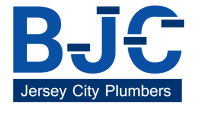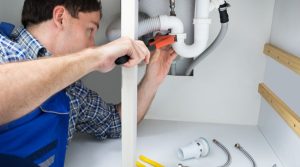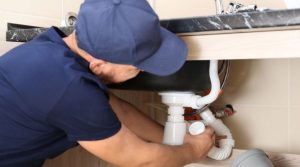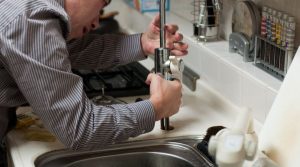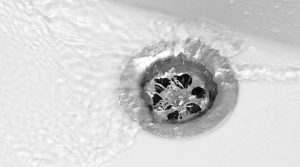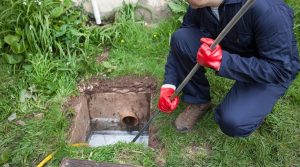A well-maintained furnace is essential for keeping your home warm and comfortable throughout the winter. Proper care ensures the heating system’s efficiency, longevity, and safety.
Key Takeaways
- Regular furnace maintenance ensures optimal performance, energy efficiency, and safety.
- Key tasks include cleaning vents, ducts, and filters, inspecting the heat exchanger and blower motor, and checking the thermostat.
- Pre-season checks and professional inspections help prevent costly breakdowns during winter.
- Address issues like drafts, smells, and aging systems promptly for a comfortable and safe home environment.
Comprehensive Furnace Maintenance Guide
1. Clean Your Vents, Ducts, and Filters
Ensuring proper airflow is crucial for efficient heating. Clean your vents and ducts thoroughly and replace filters regularly.
Steps for cleaning vents and ducts:
- Cover registers with cloths or paper towels to trap dust.
- Use a shop vac to remove debris from ducts and vents.
- Clean vent covers with a microfiber cloth.
Consider professional duct cleaning if you find the process challenging or time-consuming.
2. Seal Drafts in Your Home
Drafts waste heat and increase energy bills. Inspect doors, windows, and other areas for leaks and seal them with caulk or weatherstripping.
3. Inspect and Clean the Heat Exchanger
The heat exchanger is a vital component that warms air for circulation. Regular cleaning prevents dust buildup and ensures safe operation.
How to clean:
- Turn off the furnace and gas supply.
- Use a brush and damp cloth to remove debris.
- Check for cracks, which can cause carbon monoxide leaks. If found, call a professional immediately.
4. Examine the Blower Motor and Fan
A clean blower motor ensures consistent airflow. Remove dust with a paintbrush and vacuum, and check for lubrication. For specific instructions, refer to your furnace manual.
5. Test and Adjust Your Thermostat
Verify that your thermostat is functioning correctly:
- Switch to heating mode and adjust the temperature.
- If unresponsive, check connections and replace batteries if needed.
- A malfunctioning thermostat may require professional repair or replacement.
6. Replace Batteries in Detectors
Replace batteries in smoke and carbon monoxide detectors regularly to ensure your home is safe from potential hazards.
7. Identify Unusual Smells
A burning smell is typical when the furnace first turns on, but persistent odors may signal problems. Keep the furnace area free of chemicals to avoid heat exchanger damage.
8. Schedule Pre-Season Checks
A professional tune-up can prevent unexpected breakdowns and keep your furnace running efficiently. Many manufacturers require annual maintenance to maintain warranties.
Pro Tip: Sign up for a maintenance contract with an HVAC company to save on pre-season checks and emergency repairs.
9. Assess Furnace Age and Performance
Older furnaces are less efficient and prone to breakdowns. If your system is outdated, consider upgrading to a modern, energy-efficient model.
Tips for purchasing a new furnace:
- Get at least three quotes for comparison.
- Research energy ratings to choose an efficient option.
FAQs
Q: How often should I replace my furnace filter?
A: Replace your furnace filter every 1–3 months, depending on usage and filter type.
Q: Can I clean my ducts without professional help?
A: Yes, with essential tools like a shop vac and brush, but professional cleaning is recommended for deep cleaning.
Q: How do I know if my heat exchanger is cracked?
A: Signs include carbon monoxide alarms, odd smells, or visible cracks. Always consult a professional if you suspect damage.
Q: Is annual furnace maintenance necessary if my system is new?
A: Annual maintenance is crucial to ensure efficiency and keep warranties valid.
Q: Why does my furnace produce a burning smell?
A: It’s usually dust burning off the heat exchanger, but persistent odors may require a professional inspection.
Conclusion
Maintaining your furnace ensures warmth, efficiency, and peace of mind during winter. Addressing minor issues early can prevent costly repairs and keep your system running smoothly. Schedule a professional tune-up today and enjoy a cozy, worry-free winter.
Whether you need faucet replacement, plumbing repairs, or sewer and drain cleaning services, BJC Plumbers is here to assist all of Jersey City and the surrounding areas. We offer 24/7 service at competitive rates. With our expertise and resources, we’ll find effective solutions to resolve your plumbing issues quickly and efficiently.
Don’t wait until it’s too late—call BJC Plumbers today!
